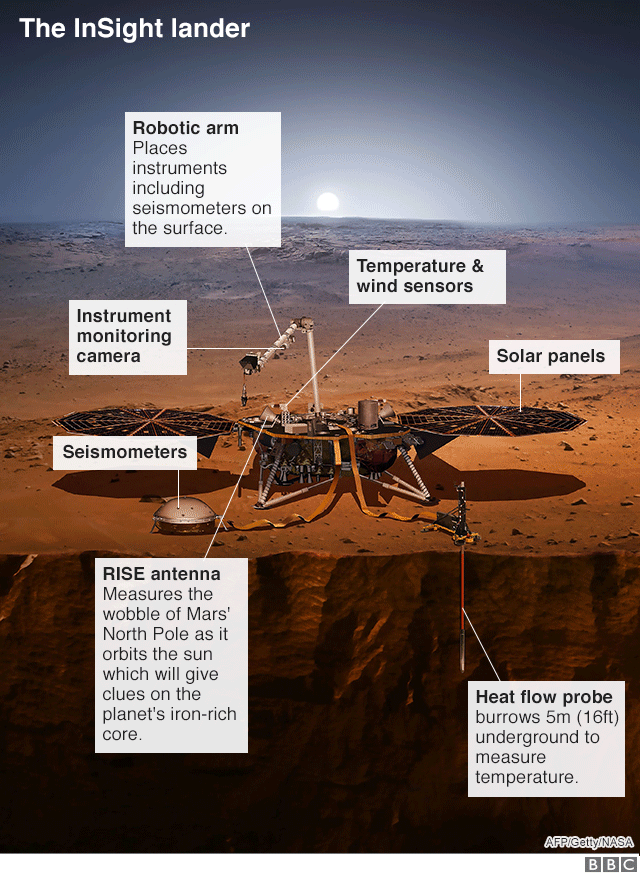7667766266
enquiry@shankarias.in
Why in news?
NASA’s Mars InSight probe has reached its destination and touched down near the red planet’s equator.
What is the objective?
Why Mars?

How does it work?
Source: Indian Express, The Guardian